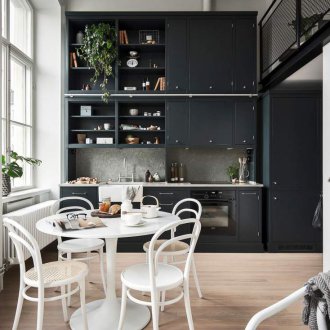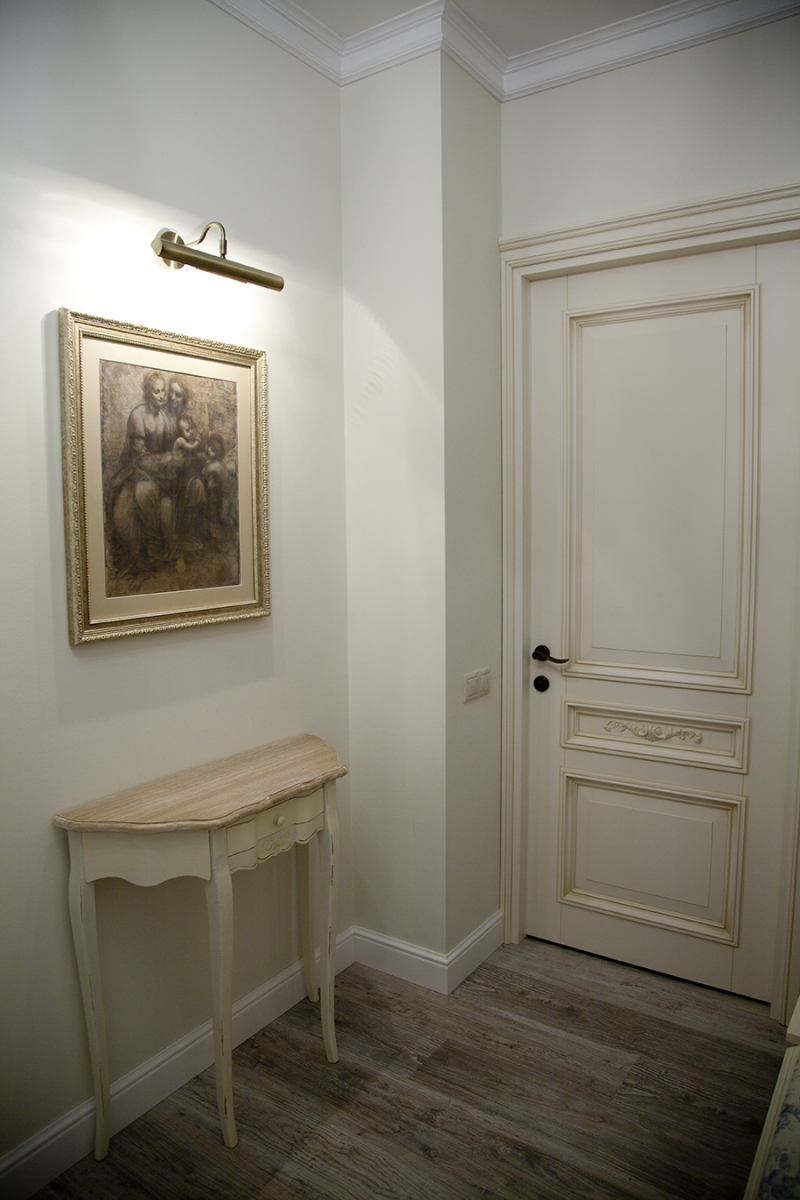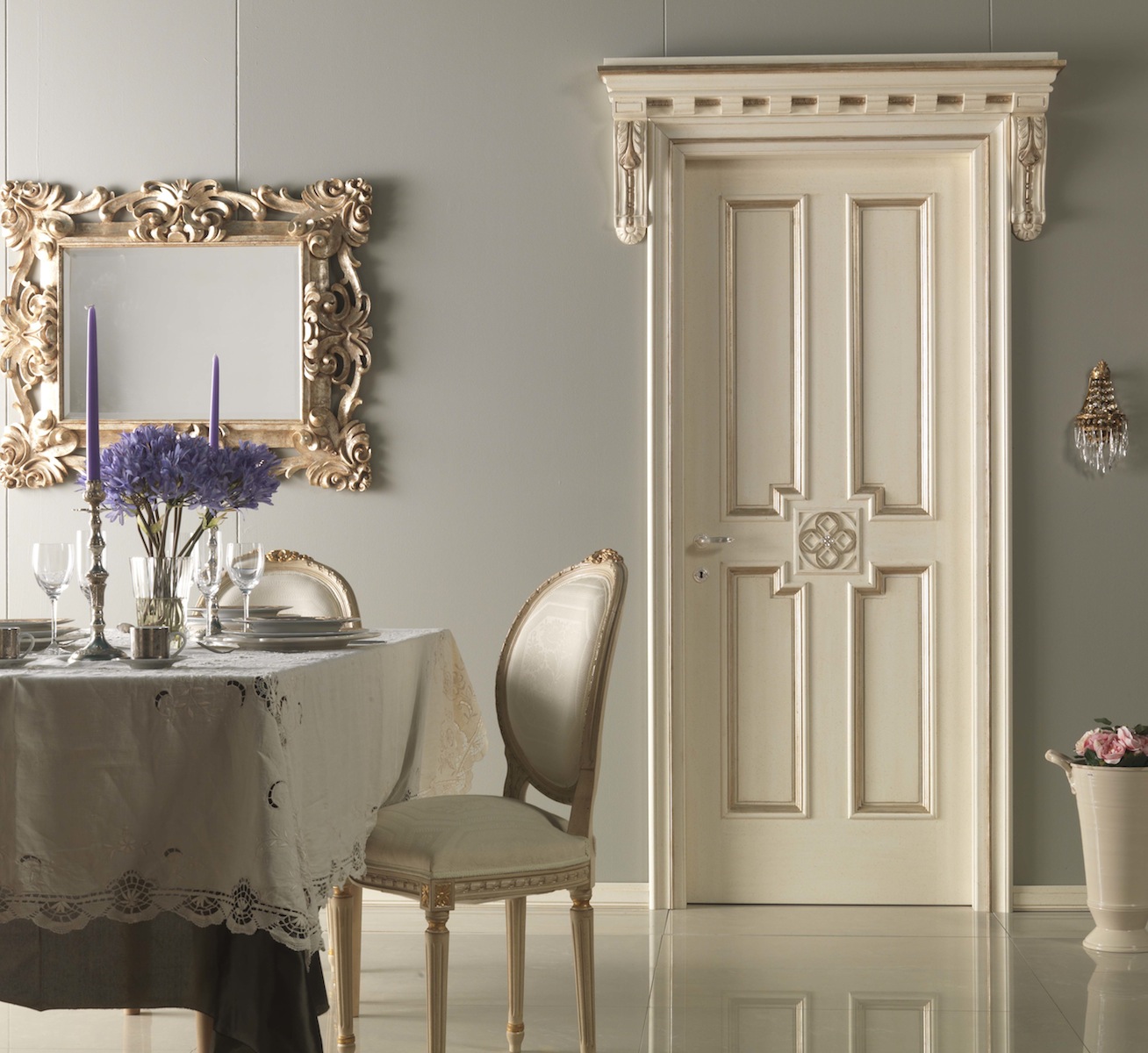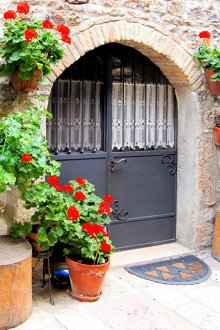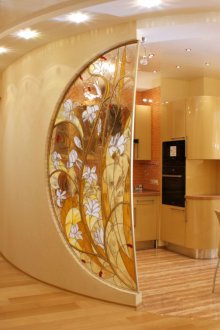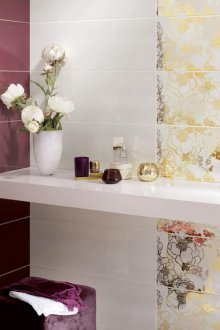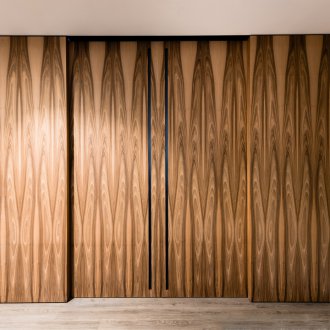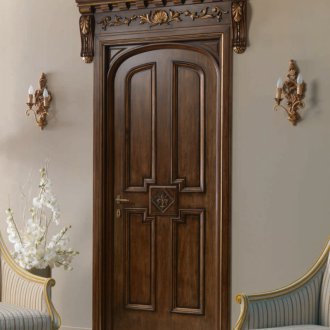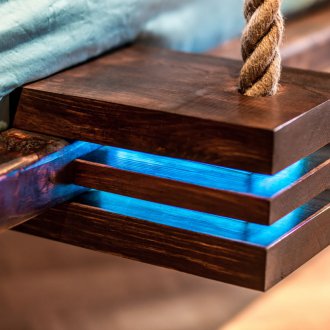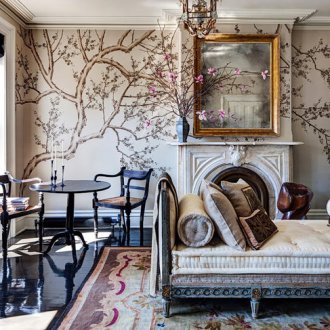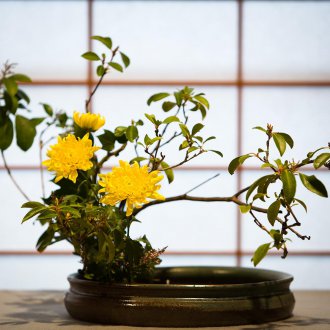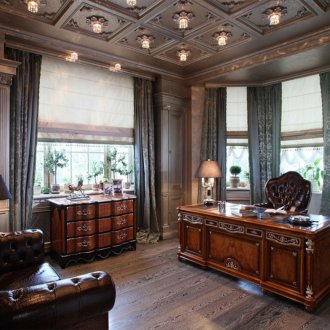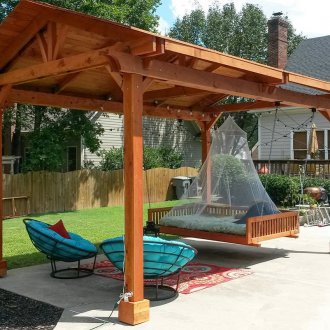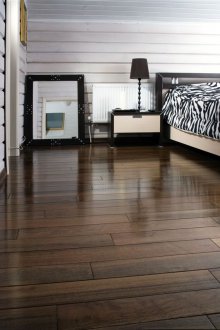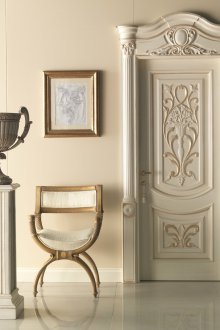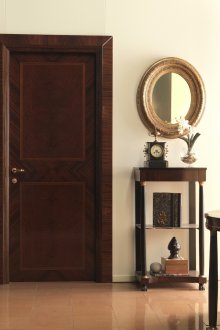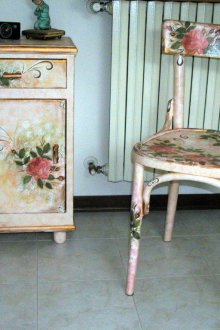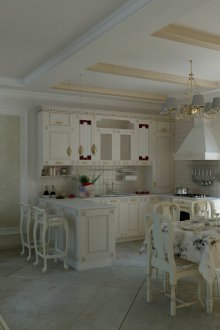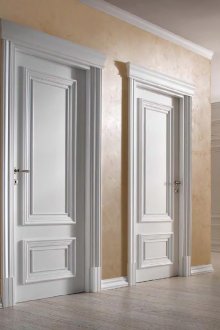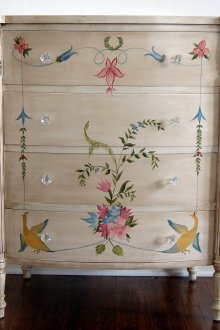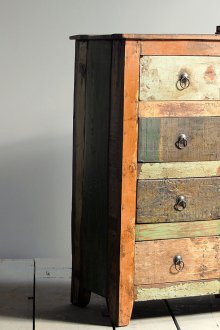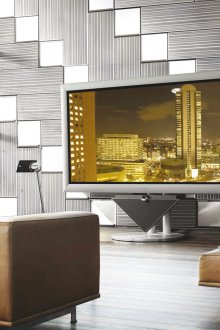Classic doors in the interior: seasoned style (26 photos)
Content
In any interior there are elements of long-term use. Windows and doors belong to them. These designs should serve many years, harmoniously fit into the updated interior. These are the properties of interior doors in the classical style, which for this reason are the most common.
Style features
Classic interior doors can be distinguished from modern ones even by a layman in the field of design. The main signs of style are visible at first glance at the door:
- Exact proportions, perfect lines, the symmetry of each part separately and the relative position of all elements as a whole - this is what distinguishes classicism in the general case. At the same time, the door design is no exception.
- Door leafs are most often either made of natural wood, or have the color and texture of natural material. If paint is used, then by all means neutral shades: brown, beige, gray, white and similar colors. But there are also unusual tinting. Paying tribute to antiquity in interior design, large manufacturers use patina, craquelure, create cracks, scuffs, intentional minor damage to the coating. Artistic aging of surfaces is welcomed in classic design areas such as country and provence. On products for the elite, hand-painted, exquisite carvings, inlaid flaunts.
- Conventional interior doors in the classical style consist of a frame and an insert, panels, so they are called frame or panel (both definitions are equally common). The insert may be blind, made of the same material as the frame, or glass. Its shape is diverse: a square, a rectangle, or something more complex.
- In the "world of doors" the classic differs from modern models in accessories. Handles serve as decoration of a door leaf, and not only carry out their immediate functions.
- Classic interior doors with an increased price are often supplemented with capitals, pilasters and cornices. These elements are characteristic of the Italian classics, they significantly increase the cost of products.
The most common varieties of classic doors deserve special attention.
Doors with an insert
A classic door with glass is not just beautiful and looks elegant, it transmits light, which is especially true in small dark rooms with small window openings.
Modern glass (from 4 to 8 mm thick) differs from its “historical predecessor” in strength and variety of surface texture, degree of transparency and color. It is located in the slot of the door leaf and secured with glazing beads. In classic door designs, bronze and colorless (white) satinattos are most often used.
In another embodiment, the design of interior doors as an insert is an array of wood or MDF. Such models look more massive.
Classic swing doors
The time-tested version of the door structure gives way to sliding analogues if there is not enough room in the room. However, if there is a cabinet next to the doorway and the door leaf cannot move to the side, the swing structures can function in such conditions. In addition, swing doors better than all other options provide heat and sound insulation, prevent the spread of odors.
Classic solid wood doors are the most respectable option. Such designs can be a good investment, and not just a functional element of the interior, reflecting the high status and material wealth of the owner.
Classic sliding doors
Sliding interior doors have become widespread in Europe relatively recently, so all the famous areas of the classical style were formed without them. However, it will be a mistake to think that mobile structures will find their place only in laconic interiors.
Modern sliding doors in the classical style from European and Russian manufacturers can be respectable or artsy, luxurious or restrained, but they always increase the comfort of using the space, organically fit into it.
Design of classic doors depending on the style direction
English interior
The design is based on luxury and conservatism, using natural materials and a minimum of decor. Light brown and beige shades of the door surface are recommended. If enamel is used as a coating, then white classic doors are especially popular. The blue color is also appropriate (especially for a bedroom or a children's room). White door designs are often found in Scandinavian interiors.
Italian direction
Classic interior doors in the interior of the temperamental Italians are painted in mahogany, beech, walnut, oak, cherry. Products are distinguished by the strict symmetry of double paintings, the presence of gilded fittings, monochrome or multi-colored paintings. Designs are equipped with slats, cornices, hiding the mechanism of sliding doors. Pillars and columns add luxury.
French chic
Fans of luxurious silver, pale lilac, pearl pink shades will like French classics. Doors with patina, columns and capitals, stained-glass windows and gilded patterns are also appropriate here. They are perfectly combined with crystal, wrought-iron cornices and mirrors in massive frames.
Tips for using interior doors in the interior
If there are several doors in the corridor, they should all be the same color and style. In this case, the integrity of the perception of the interior will not be violated.
A high-quality, well-chosen, interior door will assemble the interior into a single whole, and a poorly chosen one can cross out the funds spent on wallpaper, other decoration materials, furniture and accessories.
Until recently, there was a tendency to stylize the shutters of closets for interior doors, but over time, more interesting design options for niches were found, so do not do this.
One of the design techniques - the doors and flooring in the room should have a similar color and texture. Doors painted with white enamel add lightness and airiness to the interior. They blend well with window frames of the same color.
To support the classic style, it is advisable to choose the following door color:
- classic light shades - bleached oak, imitation of birch texture;
- with a red tint - cherry or pear;
- completely dark - wenge.
In a small room, light doors, merging in color with the walls, significantly increase the space in visual perception.
Hardware of classic doors is most often made of brass. It is necessary to ensure that the door handles coincide with the metal fittings of the cabinets, the decor of the lamps and the like.That is, all the metal in one room should be the same. Bronze and chrome, which differ in color and gloss, cannot be used together.
Classic Entrance Door - Versatile
Entrance doors are fundamentally different from interior doors. They are the face of an apartment or house. However, in addition to the aesthetic component, other characteristics are important when choosing them: reliability, strength, heat resistance, high soundproofing properties, fire resistance, resistance to adverse climatic factors and manifestations of vandalism.
Classic solid wood doors are made from a single piece of wood. Modern entrance doors are most often made of metal, but with wood lining or its imitation. Elite options are decorated with a plate made of solid ash or oak. For wealthy homeowners, there are special models decorated with forging and carving. Among these products, there are options that are more like a work of art than a regular element of housing. In addition, it is possible to insert particularly durable glass, which ensures the penetration of daylight into the hallway.
Classic doors can be simple and concise, graceful and elegant, massive and solid, but they always emphasize the status of the owner of the house. The entrance area is an inseparable part of the apartment or house, therefore, the style compliance with the general design concept of interior design is a prerequisite for the successful choice of the front door. In general, the classic door fits almost all interior styles.
